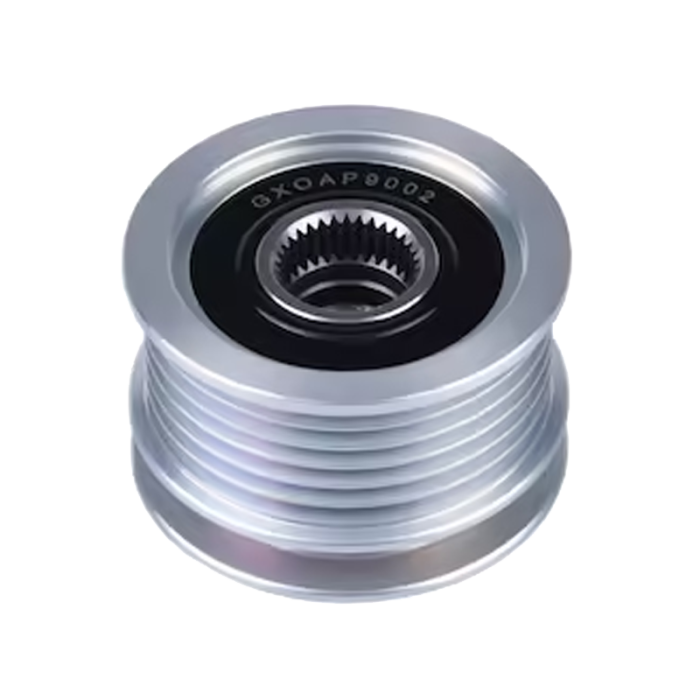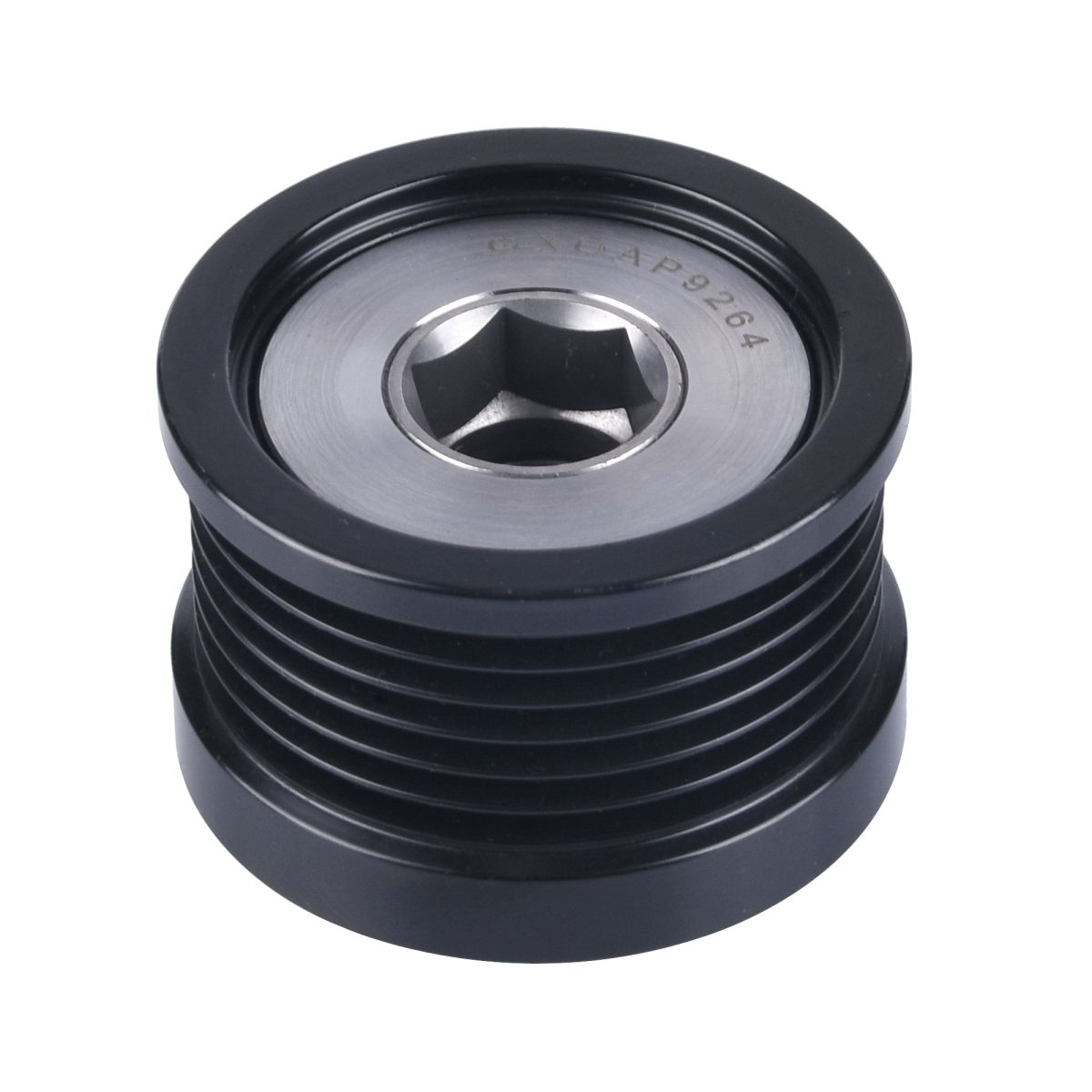Simple test to identify signs of wear on the freewheel clutch pulley


Since the early 2000s, they have developed and manufactured the one-way freewheel clutch pulleys for automotive alternators with built-in one-way clutch assembly that feature a variable and highly reliable drive system.
Overrunning alternator pulleys do wear, but this is not always visible to the naked eye.
Follow these simple tests to identify signs of wear:
1. On-Vehicle test
Let the engine idle and check the belt tensioner movement. If it is excessive, this may be the first sign of wear on the one-way freewheel clutch pulley.
Raise the engine speed to about 2000-2500 rpm. Then shut it off and listen for a humming sound from the alternator. If a brief humming sound (1 to 5 seconds) is heard,
the bearings of the pulley may be worn and the overrunning alternator pulley may need to be replaced.
A brief squeak when the engine is started or shut down is most likely caused by a worn one-way freewheel clutch pulley. A worn overrunning alternator pulley will usually block and run like a solid pulley. This will cause the belt to slip on the freewheel clutch pulley surface, creating the noise.
The next article will introduce how to diagnose whether the freewheel clutch pulley has wear and failure problems.
